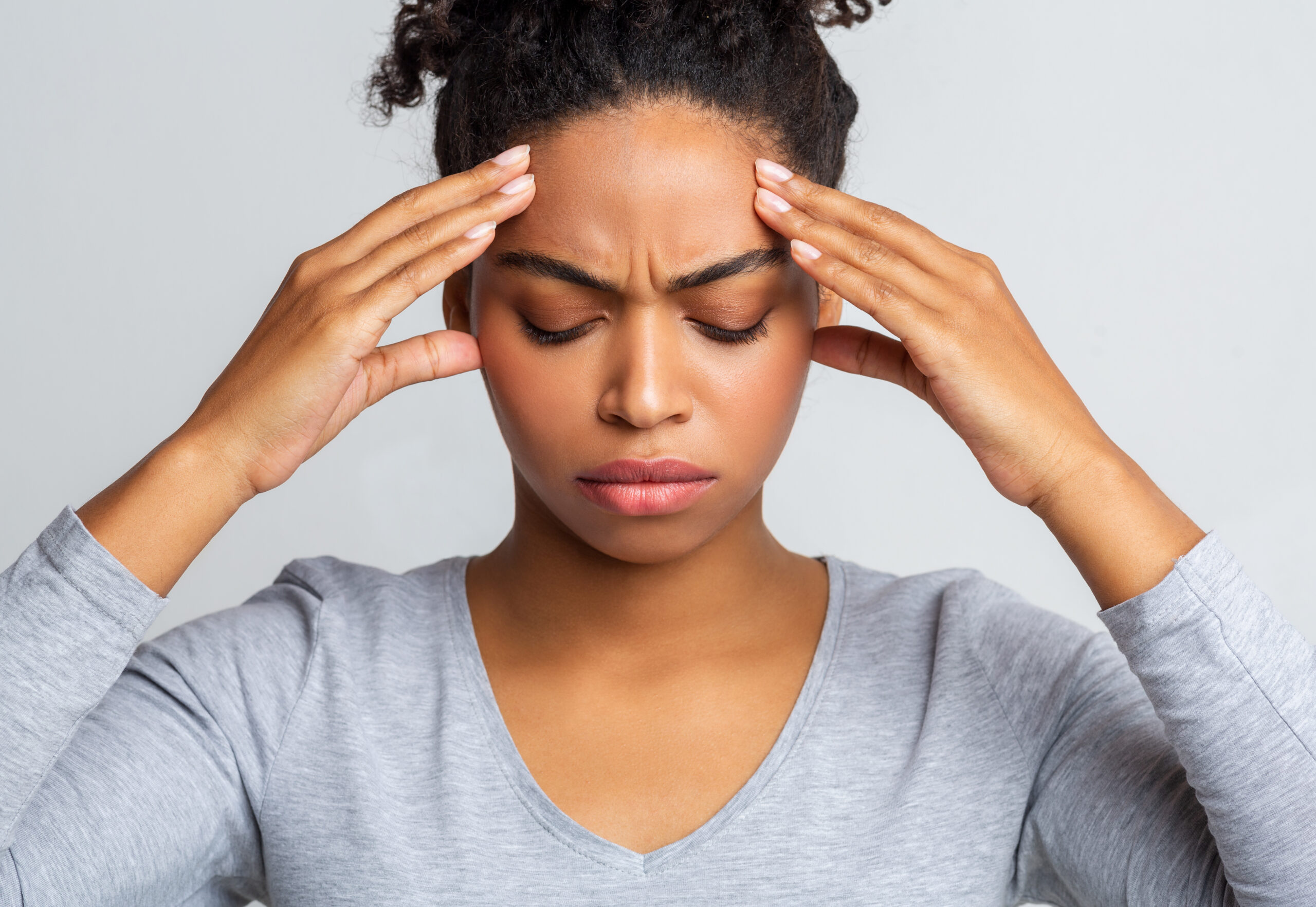

Headaches are the second most widespread type of pain in the world, with about 16.54% of people experiencing them in America every year. Most headaches are not dangerous and go away on their own within a few days or weeks. But chronic headaches can be very stressful and affect your quality of life, making it difficult to work or enjoy daily activities. In this article, we’ll talk about ice cream headaches, other food-induced headaches, and the Upper Cervical Care in Boiling Springs that helps manage them and reduce their recurrence.
This headache happens after eating ice cream or something really cold. It is also known as “brain freeze” or cold-stimulus headache.
It happens when cold air passes through the nasal cavity, triggering a reflex in the trigeminal nerve that causes vasodilation (widening) of blood vessels. This results in swelling of tissues around the nose and forehead, causing pain and sometimes throbbing sensations.
The trigeminal nerve senses heat as well as cold, so when it senses cold, it sends an alarm signal to your brain that you’ve been exposed to something freezing (which makes sense). This can cause temporary congestion inside your head and lead to your body temperature dropping slightly below normal levels. The symptoms are quite similar to those caused by migraines and include:
It’s possible for people with migraines who experience these symptoms on a regular basis (more than once every few months) may have developed a hypersensitivity toward certain triggers such as food additives or preservatives because their brains have become accustomed over time.
There are a number of different types of headaches that can be caused by food or not having enough in your system. Here are some of them:
Many of us enjoy a cup of either tea or coffee in the morning. Caffeine is a stimulant present in both, so it can help wake you up and give you energy. However, too much caffeine can cause headaches. If you’re sensitive to caffeine or have a history of migraine headaches, be mindful of how much coffee or other caffeinated drinks you consume daily. If possible, limit your intake to no more than 400 mg daily; that’s a good four cups of coffee already.
As per the name, salt is the most common cause of this headache, which occurs when you suddenly reduce your sodium intake. Salt-withdrawal headaches are most common in people with high blood pressure who are on a low-sodium diet. They can also occur due to excessive sweating during exercise or if you lose a lot of fluid through vomiting or diarrhea.
The good news is that salt-withdrawal headaches can be managed with medication and lifestyle changes. If you suspect a salt deficiency, consult your doctor before changing your diet or medication regimen.
Dehydration headaches are caused by a lack of water. You can prevent dehydration headaches by drinking enough fluids throughout the day regularly. The amount you need depends on your weight and activity level, but as a general rule of thumb, eight 8-ounce glasses (64 ounces) per day are recommended for women and 10 cups (80 ounces) for men.
The main answer to treat a dehydration headache is still drinking more water! If this doesn’t work, consider taking an over-the-counter pain reliever like acetaminophen or ibuprofen to reduce swelling in your brain tissue— it’s always best to consult your doctor before trying any medication. If that still doesn’t help relieve your symptoms after about 20 minutes, go ahead and take another dose (but don’t exceed four doses in 24 hours).

If you are suffering from frequent headaches and migraines, there’s Upper Cervical Care in Boiling Springs that can help you. Upper Cervical Care in Boiling Springs is a specialized chiropractic approach focusing on the upper spine, specifically the first two vertebrae in your neck, also known as the cervical vertebrae. This area of the spine puts pressure on nerves that control blood vessels, muscles, bones, and other body parts, in addition to controlling pain sensations from all over our bodies.
Upper Cervical doctors are highly trained experts that have mastered finding and correcting misalignments in the upper spinal column and have found ways to do so without drugs or surgery. They also provide effective care for many other health conditions as well such as back pain, joint pain, or numbness/tingling down arms or legs due to pinched nerves. If you’re suffering from chronic headaches or migraines, you should try Upper Cervical Care in Boiling Springs!
Hopefully, this article has helped you understand what an ice cream headache is, as well as how to manage it. If you have other questions or would like more information, please do not hesitate to contact our team. Especially if you are new to this kind of care, your safest bet is with a trusted chiropractor at Upper Cervical Chiropractic of Spartanburg. You can set your appointment with us online.
To schedule a consultation with Dr. Baker, call our Boiling Springs office at 864-804-6886. You can also click the button below.

If you are outside of the local area, you can find an Upper Cervical Doctor near you at www.uppercervicalawareness.com.
Set up an appointment through our online portal.
Have questions? Give our office a call.
© Spartanburg Chiropractic Care 2024
Another Wilson Digital project